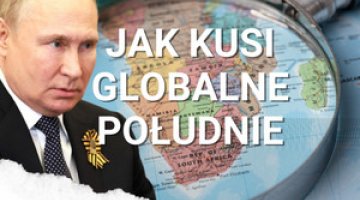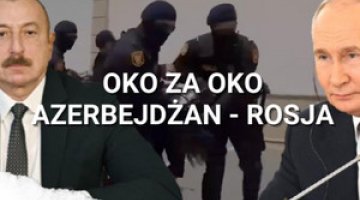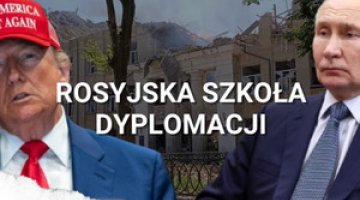Ethnic tension escalate in Ciscaucasia
There have been a number of ethnic incidents over the past few weeks in the Russian regions bordering the Northern Caucasian republics: in Rostov Oblast, Stavropol Krai and Krasnodar Krai., where Sochi, the host of the 2014 Winter Olympics, is located.
The incident which caused the greatest public response was the rape of an ethnic Russian woman, by migrants from the Northern Caucasus in Rostov that took place on 12 August. In response the local residents held a rally on 18 August, insisting that limits be put on the influx of immigrants and that the rights of local residents be respected. They also demanded a curbing of corruption among law enforcement agencies and local administration, who are, in their opinion, too tolerant to the newcomers’ behaviour. Hundreds of demonstrators gathered at the rally, where anti-governmental slogans and demands that the region’s administration be dismissed were raised. Similar public protests had taken place for example in the Veshenskaya and Bazkovskaya rural localities (stanitsas) on 12 August and on 13 August respectively.
Commentary
- The regularly recurring attacks and rallies are yet another sign of the inter-ethnic tension which has been on the increase over the past few years in the Russian regions bordering the Northern Caucasus. The incidents usually have similar scenarios: a single disturbance of a criminal or economic nature transforms into an ethnic conflict on a broader scale. The reason for the tension is the influx of newcomers primarily from Dagestan, Chechnya and Kabardino-Balkaria, who are moving here in search of work (in business or agriculture, which involves taking over real estate and the land for cultivation which once belonged to kolkhozes) or to study (representatives of non-Russian ethnic groups are predominant among the students at some local universities, e.g. in Pyatigorsk). In the opinion of some of the experts, it can be said that this area is being colonised by population from the Caucasus.
- One consequence of the migrations is the change in the proportion of the sizes of the ethnic groups living in certain regions. The Slavonic population, which is predominant in this area, has been declining while the Caucasian diasporas have been growing over the past few years. Ethnic Russians are leaving their homeland either due to pressure from migrants or for economic reasons; since the local kolkhozes went bankrupt, some of the ethnic Russians who are used to relying on the centrally planned economy and state welfare have not been able adapt to the new reality. The non-Russian population is increasing primarily as a consequence of labour migration and the high birth rate.
- The problems triggered by ethnic issues and the protests are likely to escalate. In addition to the migration and demographic trends, the stance taken by the Kremlin is also contributing to this. Its actions are limited primarily to alleviating the consequences of the tension instead of dealing with the root of the problems. This approach is reflected in the governmental programme aimed at consolidating the Russian nation, which was adopted on 25 August. Furthermore, Moscow sees the strengthening of ‘hard’ security in the region ahead of the Sochi Olympics as a priority task. As a consequence, the ethnic issues have been brushed aside. Therefore, given the government’s inertness, it may be expected that over time citizens will take the initiative in resisting the immigrants. At present, one example of such grassroots small-scale self-organisation can be seen in the Cossack teams in Krasnodar Krai.





